There is a moment when the fall appears in consciousness…its distinguishing feature is that is calls our entire life into question. Whether we recognize this first moment of the journey is not important; it is where it leads us that counts. -John Tarrant
What brings us to practice can be at once extremely profound and quite ordinary. One may feel a deep yearning to get to the root of this mysterious, enchanting life. One may feel a deep pull to understand their mind or break free from ingrained habits of reactivity of suffering. Or perhaps, one is bored and looking for something different, or is dragged along to a meditation circle by a friend or a new partner. Of course us human creatures are complex beings and our motives are mostly unclear and, at best, mostly good. Can you really divorce the numinous, mystic yearnings from the human fickleness and uncertainty? What would that look like? If we did, would we practice at all?
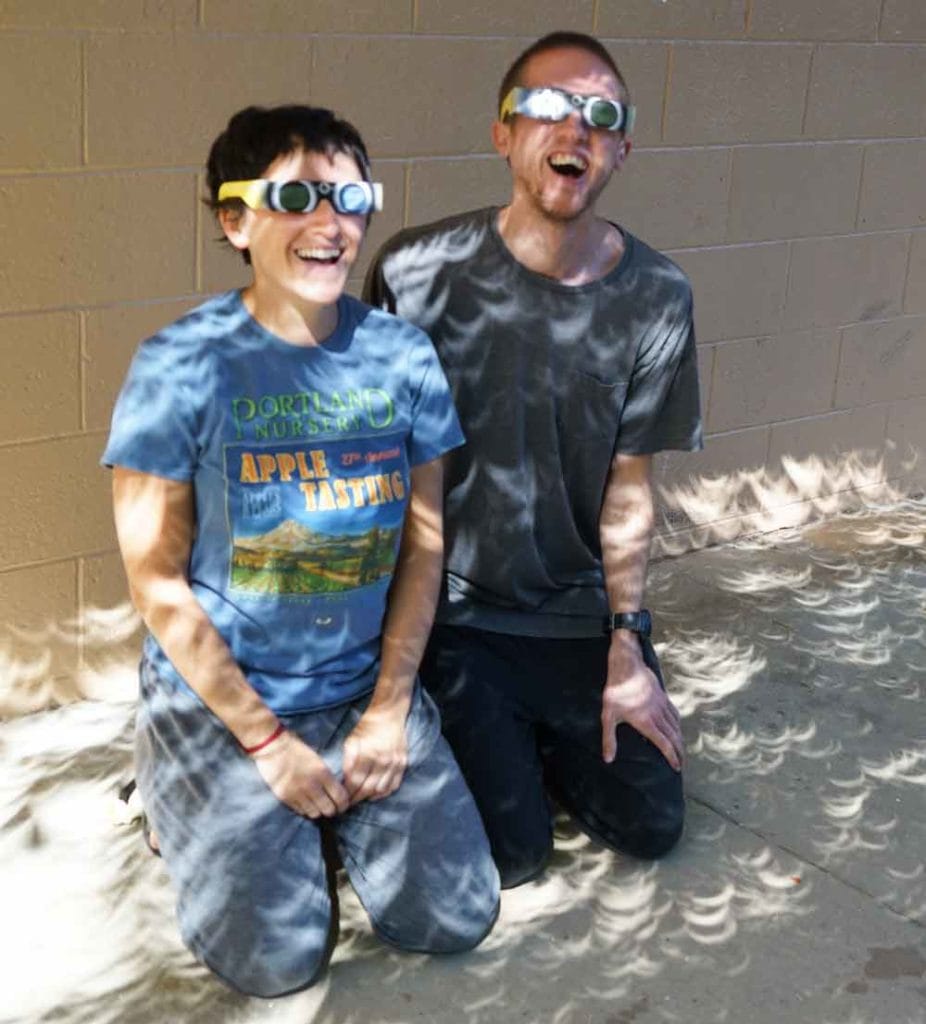
Great Vow’s summer program is a condensed study in these mixed motives. Billed as a “plunge into Zen monastic practice with the support of community and teachers,” the summer program presents an approachable entryway for those looking to explore deeper engagement with the practice. In addition to keeping the full monastic schedule, summer residents attend the various weekend retreats and week-long sesshin the monastery holds during the span of the program. For many, the monastery is their first incursion into intensive spiritual practice and there can be a purificatory aspect to the process. “A steady practice,” John Tarrant explains, “evokes the feelings and imagery of winter-the cold that works on the bare, naked boughs preparing them for spring” (14).
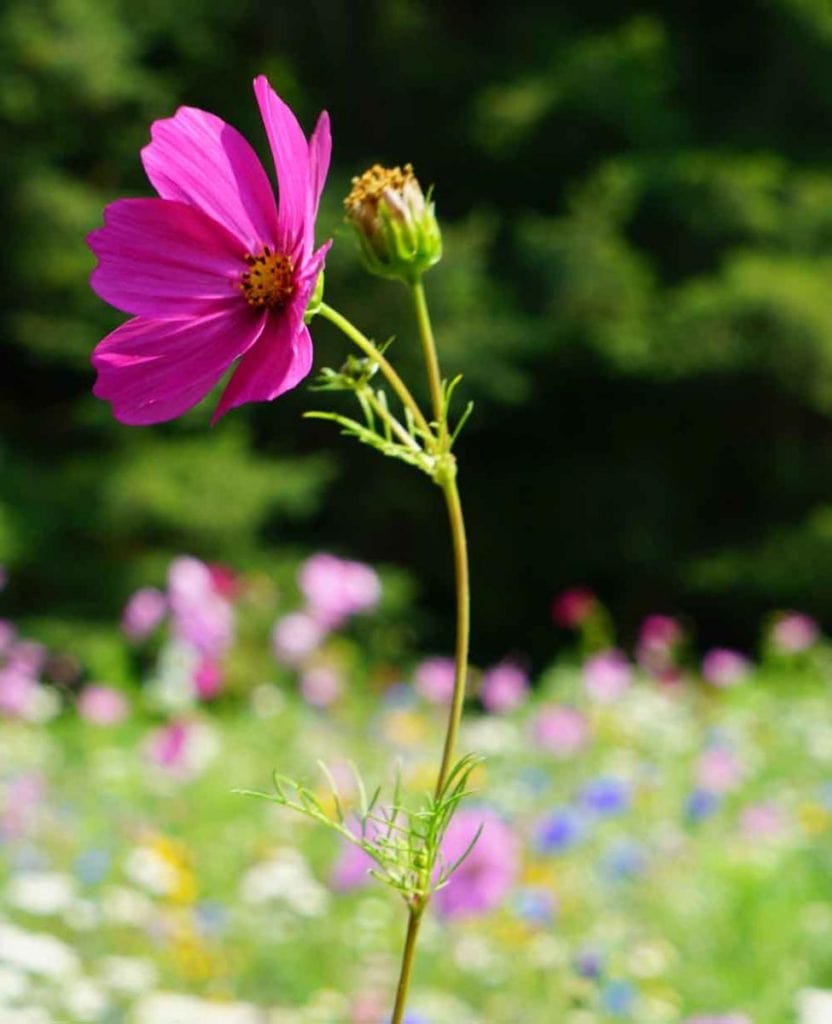
And somehow, through the rigor and the barrenness, some of us do catch hints of spring. There are a few that manage to stick around long enough for the approaching blooms. Despite the rigors of the Summer Program, quite a few summer residents elect to continue to their stay at Great Vow well beyond June and July. When Jogen, our director of training, recently asked the long-term residents if their first introduction to Great Vow was through the summer program, at least three quarters of us- including two of our ordained priests- raised our hands. Not everyone who comes for the summer program stays on long-term, but those who feel called to monastic life for a significant period of time can often trace their introduction to Great Vow through this offering. Why is this so? Why would anyone, much less a twenty-something in between jobs or semesters, decide to spend their halcyon summer days getting up before dawn, sitting still for three hours a day and spending the rest of your time chanting, working, cleaning. This question is ironic because that is exactly what I have chosen to do. Can’t I come up with my own answer?
…
“Beneath or inside the life we lead every day is another life. This unseen life runs like a river beneath the city, beneath work, family, ambition, beneath our pleasures and griefs” (Tarrant, 4).
…

I myself found Great Vow through an internet search after a friend told me to check out the “monastery in Oregon”. I was halfway through college, in need of summer plans and Great Vow’s July program fit the bill. But to tell you why I made the leap to spend a summer at Buddhist monastery, a place for which I had zero context, would invoke less a feeling or desire or preference and more a tone of necessity. That summer between sophomore and junior year, I had the fear and conviction that, despite my best efforts, life could easily best me. I could graduate school, travel across the world, find the job and partner of my dreams, have all of the trappings of success and still feel lonely, afraid, deadened to my own existence. Though I could not name it yet, what I was missing at the time was a conscious connection to spirit.
In his book “The Light Inside the Dark: Zen, Soul and the Spiritual Life,” Zen teacher John Tarrant discusses the initiatory period into the realms of the spirit. This world, which exists within all of us,“doesn’t do anything,” though “it is the treasure-house of life” (Tarrant, 4): The only request it makes of us is that we love it, and, in return, it responds to our attention. To learn to attend well is to discover our place in the natural order: it brings an element of consistency and harmony to our lives and gives a story about who we are. To learn to attend is a beginning. To learn to attend more and more deeply is the path itself (11).
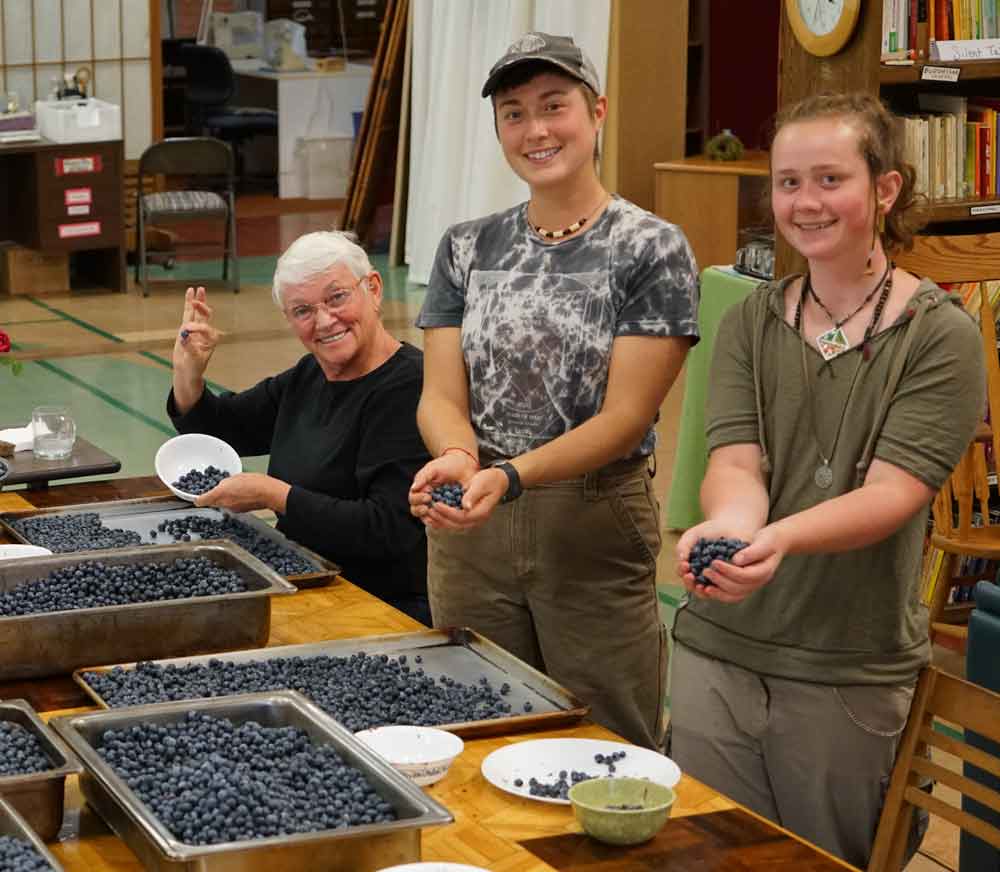
The daily zazen, oriyoki meals and chanting at Great Vow are ways of learning to attend. This process, however, can often be forsaken when so many other more flashy, convenient things beckon us away, make the steadiness and stillness of the schedule seem rigid, lifeless, dull. Despite this intuitive desire to dig deeper, many of us exist in near-heavenly realms where not only are our basic needs met, but comfort is a given. “When our lives are going well,” Tarrant explains, “we do not feel any need to change them, or ourselves. We are content to go on as we are, coasting, serene as planets in their orbit, or caribou on seasonal migration.” (27). To traverse the strange and frightening territory of the heart, something must change. For some, the event of awakening may be clear-cut and unmistakable. The love of your life may suddenly become distant and unsure. You may have grown up in a house of terrors, your whole life based on avoidance of harsh words or a drunken blow. Your mother, your child, your best friend gets into a car accident or is diagnosed with leukemia. “There is a moment when the fall appears in consciousness…” Tarrant tells us. “its distinguishing feature is that it calls our entire life into question.” The things that brought us joy now seem utterly temporary and unsatisfying. Suddenly awakened from our reflexive slumber, we cannot live our lives as we had.
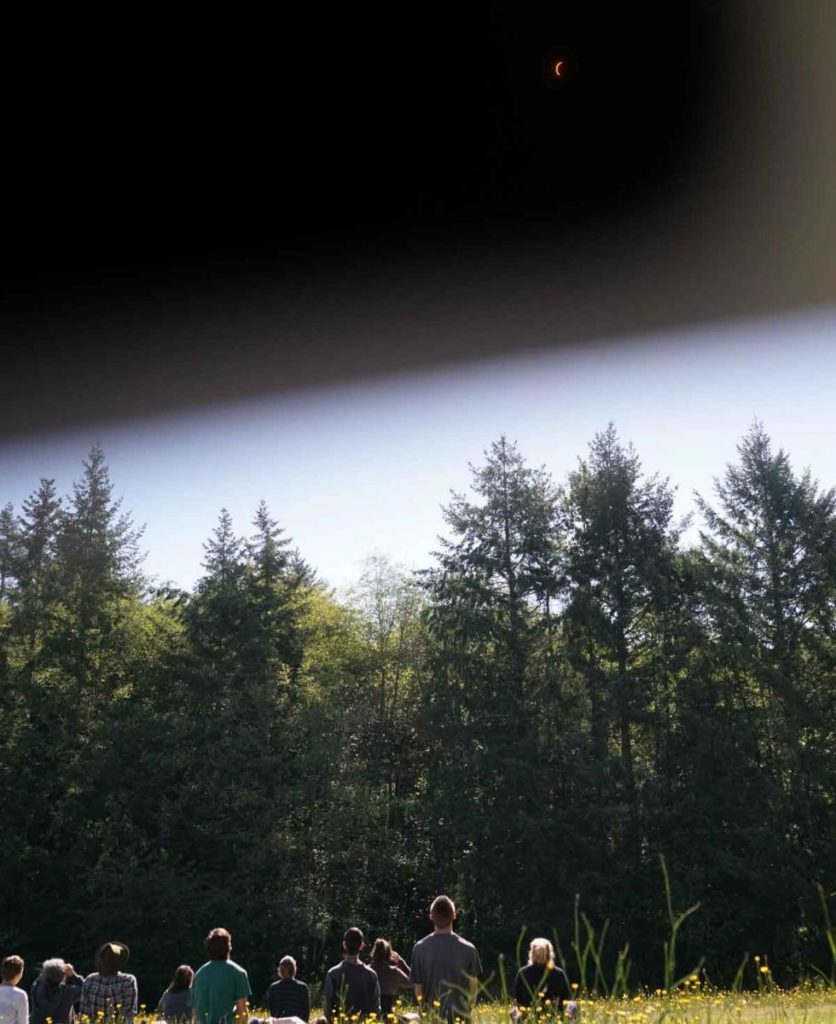
For others, the awakening could be compared to a gradual, persistent mist rather than a sudden downpour: “Sometimes there is not a clear moment when the fall begins; there is just a thickening of life’s energy, as if a person had been sleeping on a hillside, and awoke to find the weather changed, the landscape unfamiliar, and wild beasts approaching” (34-35). Perhaps it is the deep, hazy disappointment one tastes when the kiss from a lover does not satisfy the inner craving like you thought it would. Or maybe, after finding the right job or the most beautiful sunset or a delicious cup of coffee, the gnaw of dissatisfaction has yet to leave you.
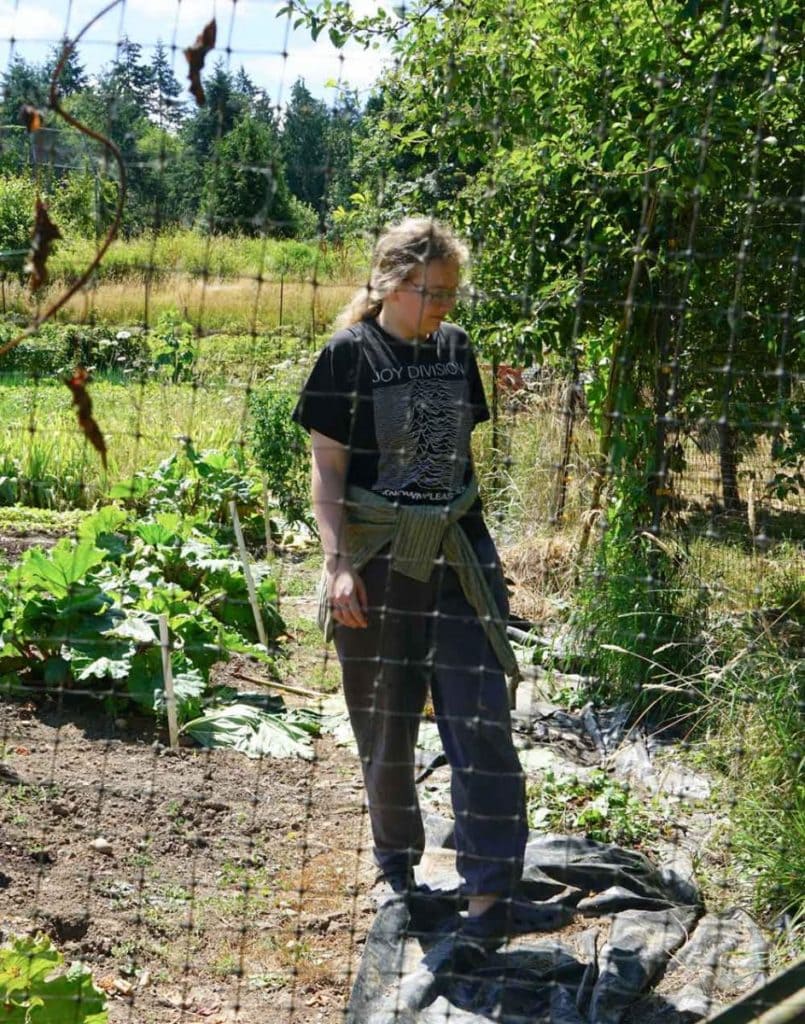
The fall makes us pause from our normal chatter and beliefs. Through it, we find a space that is open to things beyond our normal reference points. When the rug is pulled out from under us, we may be falling, but, somehow, we are still alive. What is this space that surrounds, perhaps even holds, us? By taking on this mind of not knowing, staying at a Buddhist monastery for a month does not seem so far-fetched. That does not mean the adjustment to the monastic schedule will be without its shocks and difficulty. With the long periods of stillness, my own body responded to the long periods of stillness with prickling feet, circles of tension, sparks of pain. One day, I was told, in a playful, yet utterly serious manner that “you are not your thoughts”. I can still sense the jolt of surprise, mirrored in my teacher’s face, when this alien concept hit me.
By the end of the first week or so at the monastery, I noticed a symbiosis of sorts occurring between person and place. The schedule and forms become more ordinary, surely, but the more interesting transformation is your own comfort with what continues to be strange. You begin to realize that it is not just holding your knees in acute angles or getting up before dawn that causes you discomfort but perhaps this pain follows your whole mind around, with all its fixed beliefs, habitual reactions and refusal to accept. The point of this increasing awareness is not to push out unhelpful thoughts or painful emotions. Rather, the practice asks you to notice them and, ultimately, accept them. Because, really, the end of suffering does not arrive someplace else, or only under pleasant conditions.
Tapping into the vein of spirit that cuts through all of us can be accessed in any state, is more beautiful not despite but because the spirit includes it all. Part of why we sit zazen is to invite all of what we are to the table. As our body stills, we see our mind’s frantic pattern of evasion and can make the choice to accept its fixed ideas about who we are or how we are supposed to feel, but, ultimately, to see the immateriality, the weightlessness of the thought and let it pass. As a result of beginning meditation during my first summer program, I experienced the arising of sadness not as the tedious obstacle from which I had previously tried to maneuver away. If I recognized and noticed the sensations of the feeling- the aching in my chest, the heaviness of my limbs- I could include it as continuous with the rest of my life rather than as a frightening detour from the real point.
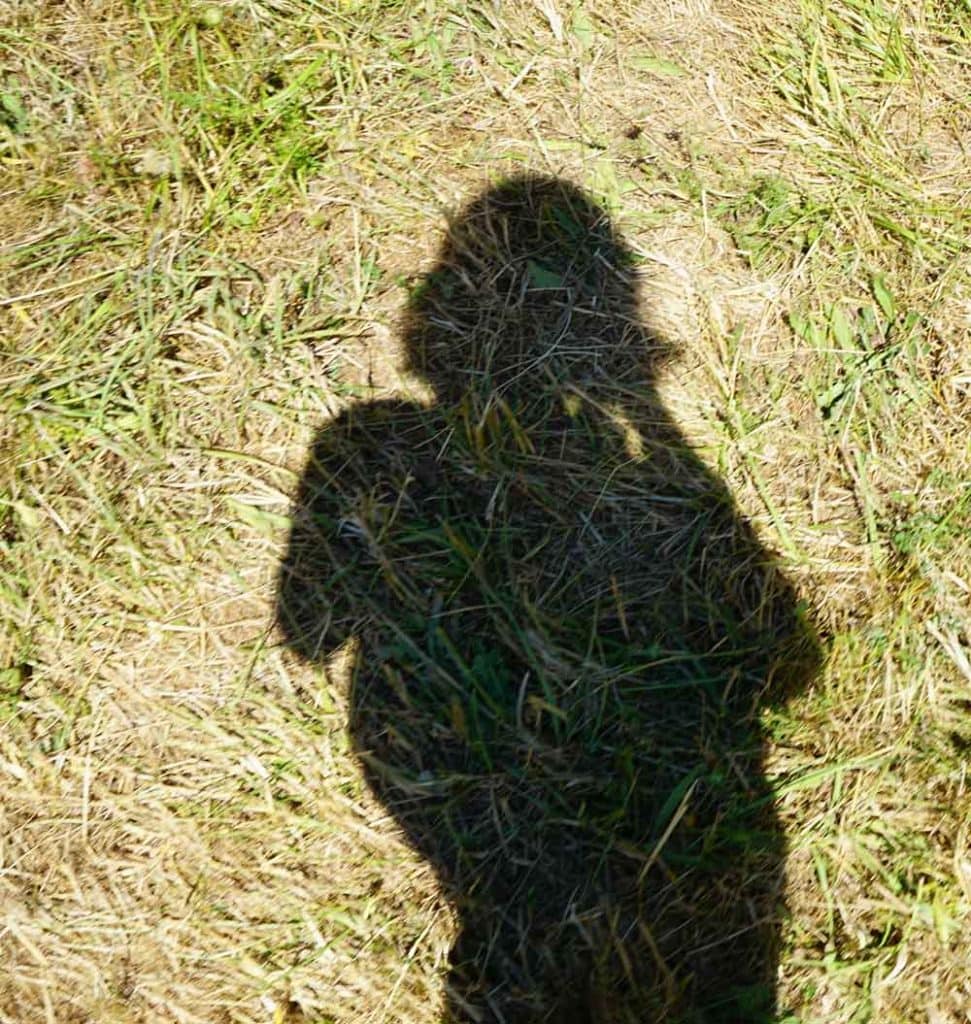
As I write this, my mind keeps coming back to an image of a fireplace in a dark room. The orange flames behind the screen dance shadows on the Persian rug draped across the wooden floor. All who are shrouded in the shadow are asked to gather around the glowing hearth. In a way, that’s what Great Vow can present to you. We have lived in the dark for so long, afraid to open ourselves up to life’s sublime vastness and let go of the limiting beliefs that we believe had held our lives together. Practice gently requires that we drop all of that binds us to our small, fixed self and surrender- surrender to our every tingling facet, surrender to the aliveness of each tree, stained carpet, imperfect human. The slings and arrows of life do not go away but the sting hurts less and becomes a site of curiosity, beauty even. In exchange for our efforts, we are given a place that is truly restful because it never leaves us. The Summer Program opens the door for those of us who are lucky enough to live comfortably and fortunate enough to listen to the voice that still insists something is missing. Welcome home, it whispers, to our joys and griefs, to our radiance and brokenness. You belong here too.
Written by: Chloe Margherita
Sources: Tarrant, John. The Light Inside the Dark: Zen, Soul and the Spiritual Life. New
York, HarperCollins, 1998.
